Record Promotion ~ The Early Years
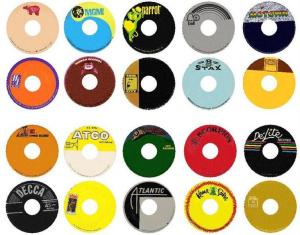 But let's back-up a moment and explain the circumstances of how consumer's became alerted in the first place. By the mid-60's there was an avalanche of music culture being broadcast by single speaker radios. This phenomenon had become a part of everyday lifestyles and transformed our living habits. Yet before it reached our ears, the songs we heard on the radio had underlying stories of development beneath the hoopla of artists fanfare. In conjunction with this involvement, behind the scenes existed the essential prep work that could literally make-or-break an artists career. First of all, at the ground level there had to be song appreciation or novelty of an artist's composition which might hold career potential. Without this fundamental interest, maintaining a day job is perhaps a better career alternative for the songwriter. Then moving forward beyond the songs initial interest comes the recording process and capturing the magic. Next comes the mastering and pressing of the recorded music upon disks. And finally comes a key component to the entire process, the promotion and distribution operation. Without that, how are you going to get the word out about the record? Pictured below is part of the marketing process with a display of a promotion records covering an entire mail room wall.
But let's back-up a moment and explain the circumstances of how consumer's became alerted in the first place. By the mid-60's there was an avalanche of music culture being broadcast by single speaker radios. This phenomenon had become a part of everyday lifestyles and transformed our living habits. Yet before it reached our ears, the songs we heard on the radio had underlying stories of development beneath the hoopla of artists fanfare. In conjunction with this involvement, behind the scenes existed the essential prep work that could literally make-or-break an artists career. First of all, at the ground level there had to be song appreciation or novelty of an artist's composition which might hold career potential. Without this fundamental interest, maintaining a day job is perhaps a better career alternative for the songwriter. Then moving forward beyond the songs initial interest comes the recording process and capturing the magic. Next comes the mastering and pressing of the recorded music upon disks. And finally comes a key component to the entire process, the promotion and distribution operation. Without that, how are you going to get the word out about the record? Pictured below is part of the marketing process with a display of a promotion records covering an entire mail room wall. 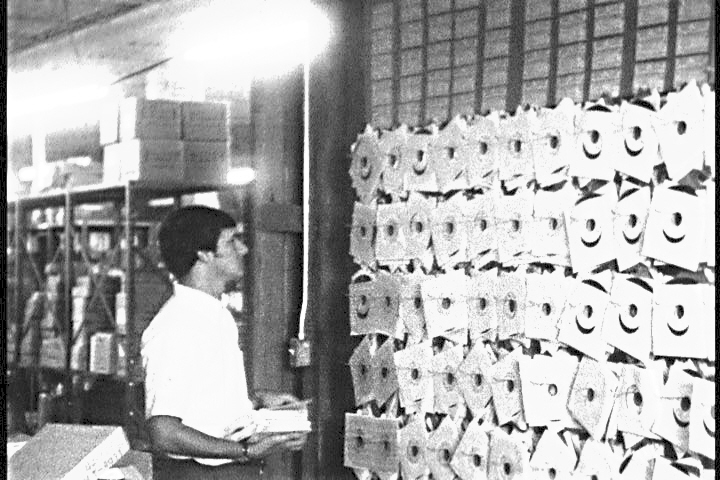 Note the individual stacks of records posted on separate pegs with each group representing a different media outlet. This was a standard industry process for preparing media mailers to the regional outlets such as radio stations, newspapers and selected venues.
Note the individual stacks of records posted on separate pegs with each group representing a different media outlet. This was a standard industry process for preparing media mailers to the regional outlets such as radio stations, newspapers and selected venues. 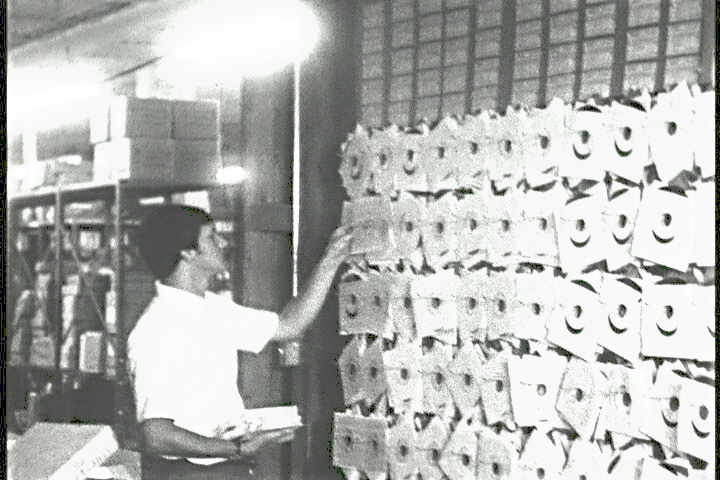 A media mailer was generally performed every week consisting of dozens of new releases. Next comes the all important factor of following through with contact to the individual recipients.
A media mailer was generally performed every week consisting of dozens of new releases. Next comes the all important factor of following through with contact to the individual recipients.  Let's say this week's new releases are by the following artists; Mungo Jerry, Betty Lavette, Ray Conniff Singers, Bobby Blue Bland, Sid Selvidge, Joe Tex, Tommy James & The Shondells, Booker T. & The MG's, The Amboy Dukes, Gabor Szabo, DeDe Warwick, Clarence Reid, The Percy Faith Orchestra, Crow, Albert King, The Turtles, George Jones, The OJays, The Crazy World of Aurthur Brown, Paris Pilot, Benny Latimore, Area Code 615, Aurthur Prysock, Deodato, Lulu, King Curtis and Dobie Grey.
Let's say this week's new releases are by the following artists; Mungo Jerry, Betty Lavette, Ray Conniff Singers, Bobby Blue Bland, Sid Selvidge, Joe Tex, Tommy James & The Shondells, Booker T. & The MG's, The Amboy Dukes, Gabor Szabo, DeDe Warwick, Clarence Reid, The Percy Faith Orchestra, Crow, Albert King, The Turtles, George Jones, The OJays, The Crazy World of Aurthur Brown, Paris Pilot, Benny Latimore, Area Code 615, Aurthur Prysock, Deodato, Lulu, King Curtis and Dobie Grey. Whew! With that impressive list of new records, there was a lot of promotion and marketing calls to make. Plus, I pity the poor disk jockeys and music journalists who had to delve through all these new releases just to select the best record to spotlight.
As each new week began, Mondays and Tuesdays were the days to promote and gather radio chart information. On those occasions I would contact the following people; Johnny Randolph WAKY Louisville, Joe Sullivan WMAK Nashville, John R. WLAC Nashville, Bill Tanner WJDX Jackson, Larry Ryan KEEL Shreveport, Buddy Dean KOTN Pine Bluff, Sonny Martin KAAY Little Rock, Scott "Scooter" Seagraves WHBQ, Steve Taylor WHBQ Memphis, Hal Smith WMPS Memphis, Roy Mack WMPS Memphis.
Communication with industry decision makers and print media journalist was very time consuming and required the sharing of essential information about each artist. Questions were asked while discussing the specific requirements being sought by these power brokers. Obviously, their concerns about label support and marketing muscle was critical and played into their decision making process. But once the promotion and marketing process had been fully completed and the media having concluded in their ultimate ways, thus a winner had survived, and a victorious hero had emerged, while the weekly battle of the Rock & Roll wars had concluded. In this early week of 1970, a British quartet who specialized in skiffle music, or as we called it...a jug band, had finally conquered the Billboard charts with their multi-million selling hit, "In The Summertime." Newcomers Mungo Jerry on Janus Records had mastered what so many of their musical counterparts had attempted to accomplish for years; Billboard Magazine's coveted number # 1 spot.
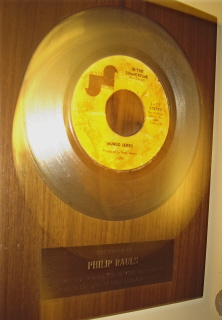
 In a story surpassing all record companies achievements and may sound beyond the sphere of today's music industry accomplishments, Atlantic Records blanketed the charts in 1972 with unprecedented dominance. A summary reflecting that magical period is documented in the company's weekly newsletter titled The Atlantic Bulletin listed below. (double-click to enlarge)
In a story surpassing all record companies achievements and may sound beyond the sphere of today's music industry accomplishments, Atlantic Records blanketed the charts in 1972 with unprecedented dominance. A summary reflecting that magical period is documented in the company's weekly newsletter titled The Atlantic Bulletin listed below. (double-click to enlarge)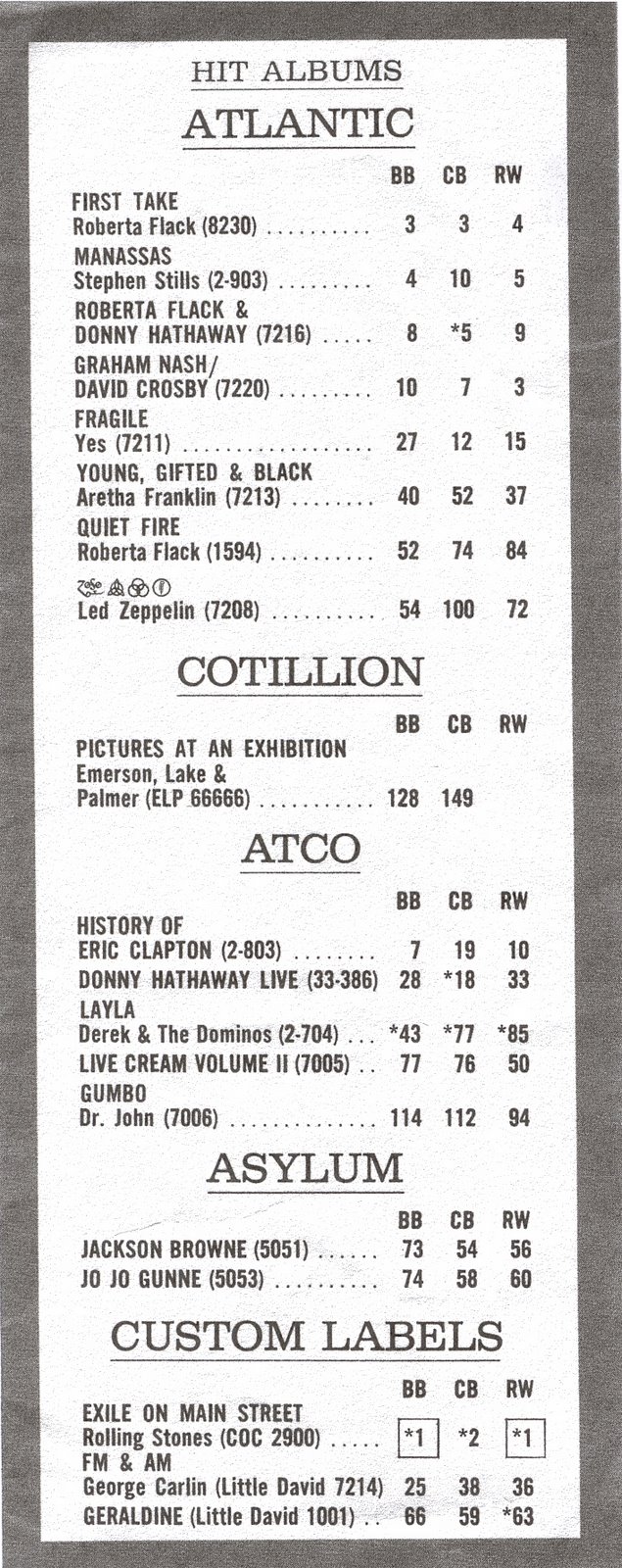
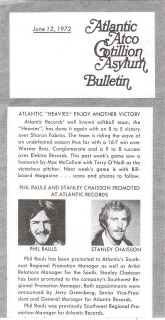 From Hartford, CT to New Orleans, the "Heavies" were all over the road with teams raising money for various charities and fund raisers. Seen below (center) are Atlantic's Dave
From Hartford, CT to New Orleans, the "Heavies" were all over the road with teams raising money for various charities and fund raisers. Seen below (center) are Atlantic's Dave  Radio personalities in this photo include; Bill Thomas;
Radio personalities in this photo include; Bill Thomas;